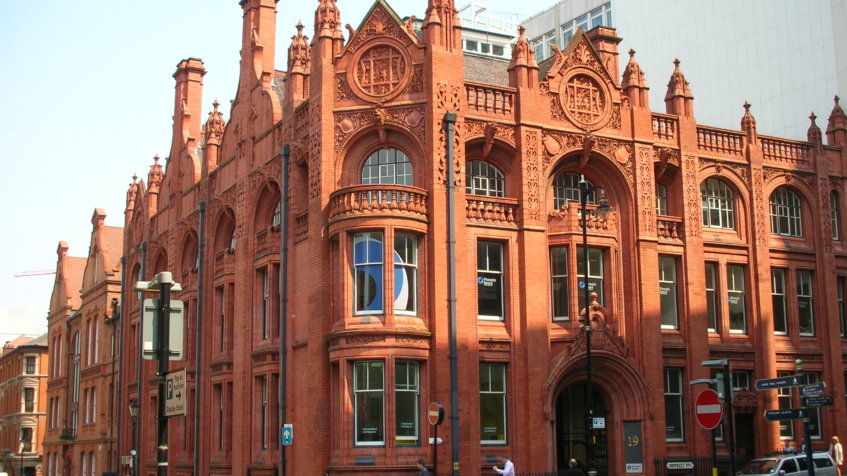Jon Wilson and Steve Allen, former employees of the Shaws of Darwen terracotta and faience division which closed in May 2015, have set up Darwen Terracotta Limted, (DTL), re-employing 25 highly skilled technicians and craftspeople. Though no longer a terracotta and faience manufacturer, Shaws continue to make fire clay sinks.
‘With over 50 years of experience in architectural ceramics Steve and I have a deep passion for the business,’ Jon explained. We have worked in both the UK and North America on iconic buildings such as the Royal Albert Hall and the Wrigley Building, Chicago. Most of the key staff that have joined us have spent a large part of their working lives in the trade and share our commitment to making the business a success. Preserving traditional craft skills and augmenting these with the most appropriate modern technology is our aim. There is a strong can-do attitude here and we will all succeed together.’
Though regarded as traditional materials, terracotta and faience can be used to give a modern twist. The creative possibilities are almost limitless and the designer has huge freedom in developing interesting shapes, either classical or modern, to add character, and create shade and depth to building facades. Glazed faience adds still a further dimension with a huge spectrum of colour, texture, special effects and decoration.
Grayson Perry’s A House for Essex, one of the last projects that the team finished while at Shaws, shows the dynamic range of colours, textures and finishes that are achieved with faience. Designed by Grayson, working in collaboration with FAT Architects for Living Architecture, the house, which is available for short term letting, celebrates the life of a fictional character, Julie, and inspires creativity with its bold use of colour and style.
Every town has heritage buildings modelled in terracotta and faience from municipal and office buildings to public baths, schools, churches and university buildings. Restoration will be a major area of operation for DTL, but the company also expect that their high-end design, modelling, decoration and glaze formulation skills will attract architects and interior designers to expand their creative horizons in new build.
Terracotta and faience are characterised by long life and low maintenance. Each hand crafted piece will slowly weather and age to give character to buildings. Ultimately, after perhaps a century of service, the material may succumb to the ravages of time, but DTL can reproduce the component for near invisible repair with close colour matching to the originals and precision fit.
The manufacturing process combines craft skills with new technology. Computer aided design allows several options to be considered. Regular geometric details are easily translated into digital files that are then rendered into full scale 3D polystyrene models enabling accurate making of plaster moulds.
After slip-casting each piece is hand finished. Smoothing, fine detailing or special textures can be applied at this stage. A controlled process of drying then takes place before firing in modern kilns that provide precise and uniform temperatures for reliable and consistent results. Individual design elements, such as bespoke sculptures, are fashioned by hand by skilled craftspeople.
Faience glazed terracotta gives the architect another creative dimension. A kaleidoscope of colours are available together with mottles, special colour effects, painted decoration and highlights. Glazes can even be formulated to add emphasis to sculptural elements.
Operations director Steve Allen concluded, ‘Our first contract is a major restoration project for Wigan Town Hall with other work in hand for Harrods Department Store, Soho Theatre and three projects for London Underground.’
































